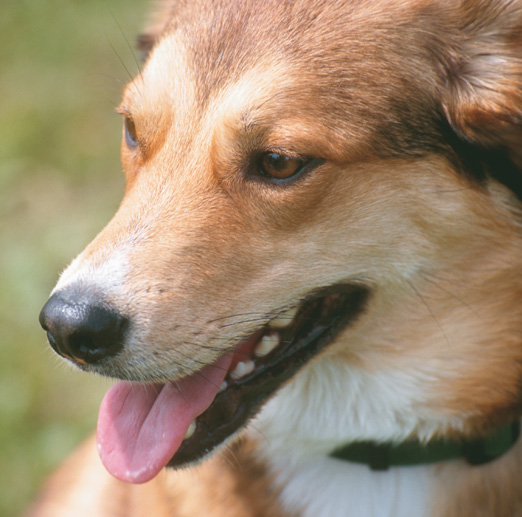BSI, the business standards company, has launched BS 8517-1, Code of practice for the use of general security dogs and BS 8517-2, Code of practice for the use of detection dogs. They’re to provide guidelines for those who use dogs as a security measure.
BSI says that to develop the standard it convened a diverse group of security dog users, such as construction site managers, police officers, and the MoD. The National Police Chiefs’ Council (NPCC) classifies security dogs as second only to firearms in ‘use of force’. Hence the critical safety need for a standard that provides advice for dog handlers.
An estimated 5000 security dogs are employed in the UK security sector. The new standards recommend how dog handlers should handle a dog on a day-to-day basis, and details how to comply with laws, such as The Guard Dogs Act 1975, The Dangerous Dogs Act 1991, and the latest Animal Control Bill 2015.
As the standards reflect, uses of security dogs are varied, including in bomb detection. Building and construction site employees who require a security dog on a mobile basis can also use the standard. Security dogs are sought by construction managers not only to protect a building site but to protect the handler or other staff, as they act as a visual deterrent.
Anne Hayes, Head of Market Development for Governance and Resilience at BSI, said: “BS 8517-1 and -2 were designed to simplify the patchwork of laws security dog handlers must abide by. It is essential that both the handler and the security patrol dog have been fully trained and work in partnership so that the dogs are safe when taken out amongst members of the public, but can also defend the handler should the need arise.”
BS 8517-1, Code of practice for the use of general security dogs, covers the general welfare of the dog, including kennelling and veterinary guidance. Recommendations take into account recent changes in dog breeds and the requirement for compulsory micro-chipping in security dogs. The need for handlers to obtain specific insurance and equipment – including the use of correction collars – are also covered.
BS 8517-2, Code of practice for the use of detection dogs, was developed for more advanced users of security dogs, such as those who require the detection of drugs, firearms, munitions and explosives. Part two also includes issues relating to the welfare of the animal covered by part one of the standard, and recommendations for procuring security dog services to ensure the service meets the unique requirements of dog handlers.
Others involved in the development of this standard include the Security Industry Authority, The Royal Army Veterinary, the National Association of Security Dog Users (NASDU) and the Battersea Dogs and Cats Home.









